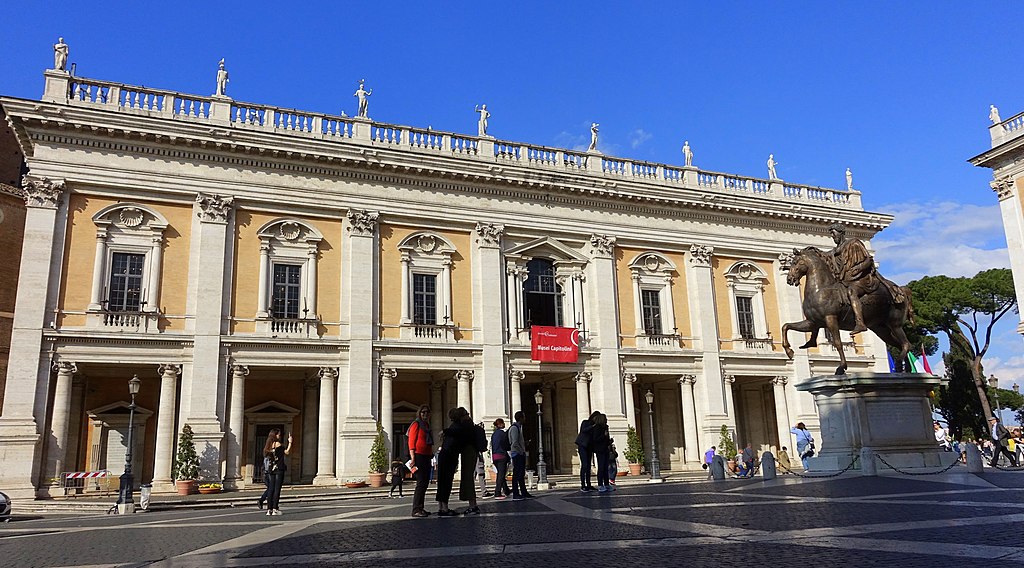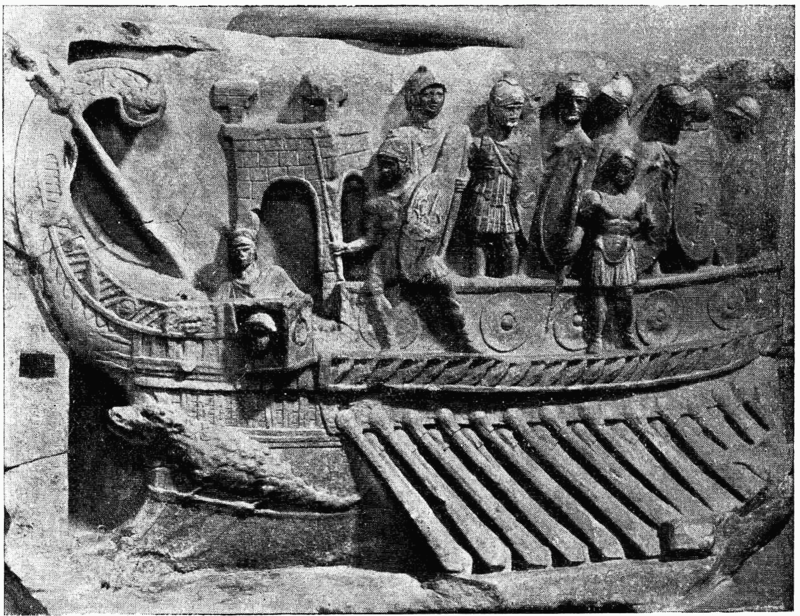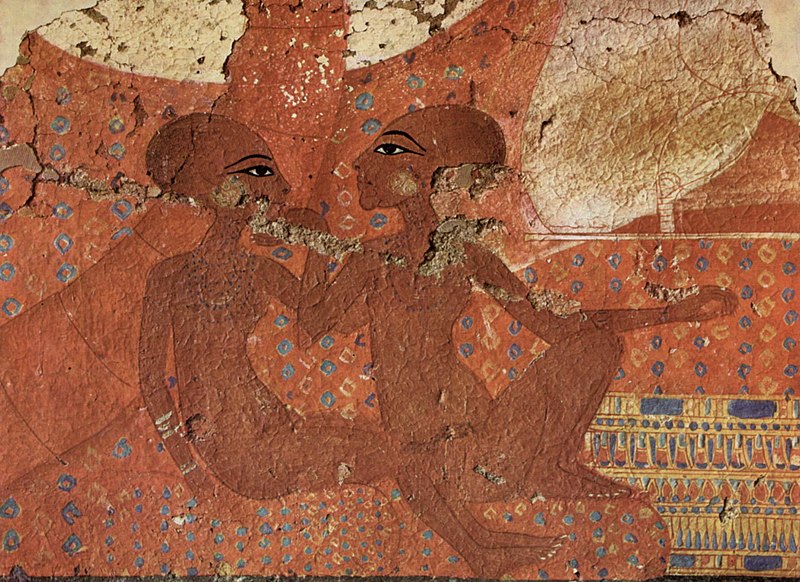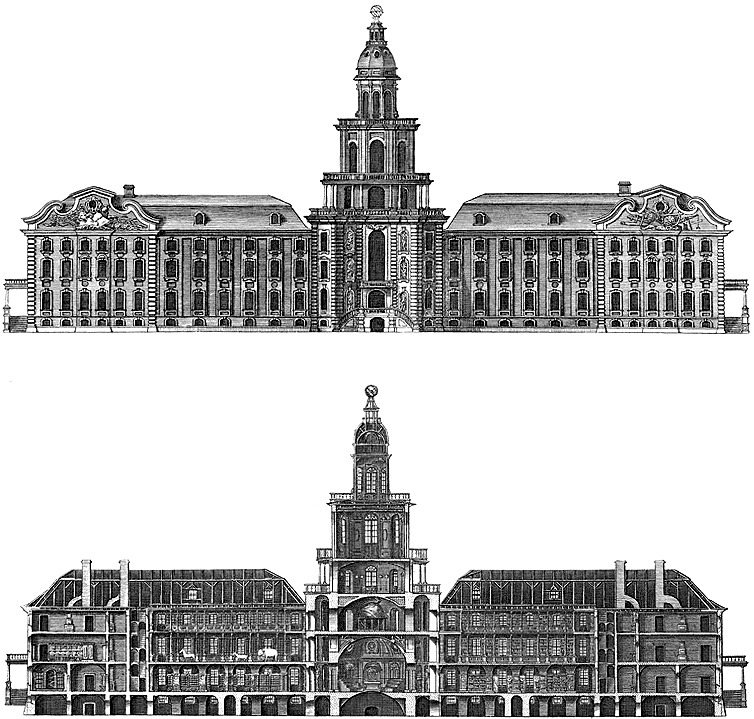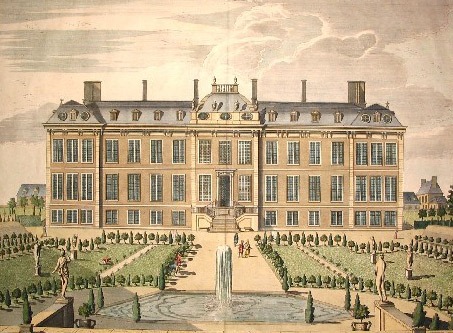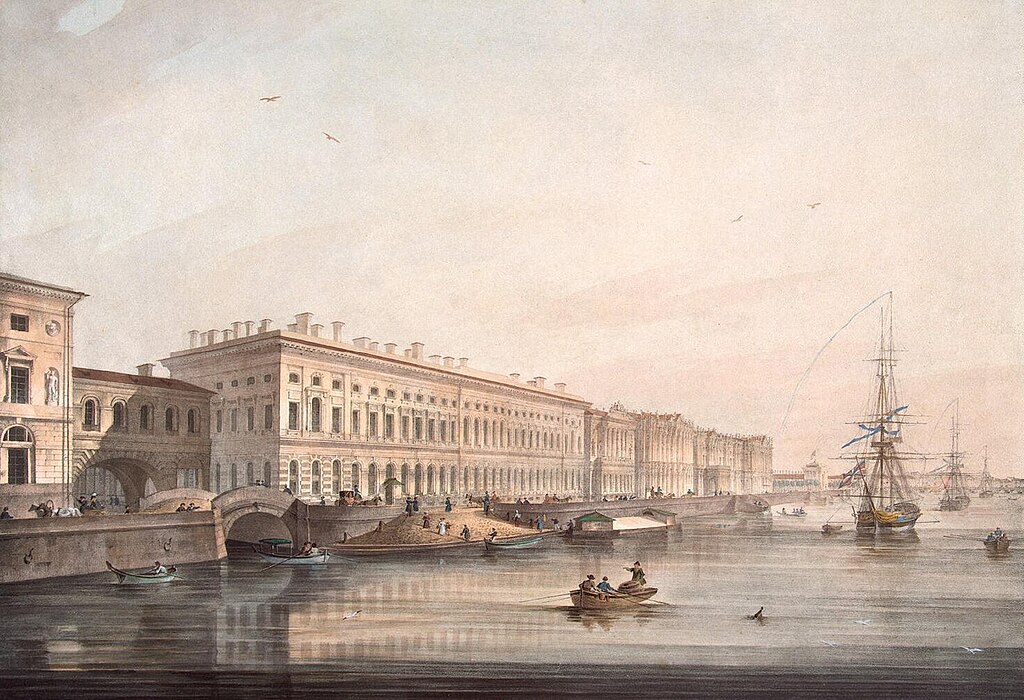Over centuries, the role of museums has dramatically transformed. The Renaissance period, with its fervor for art, science, and exploration, saw the emergence of more structured collections, which laid the groundwork for modern museums. The Age of Enlightenment further propelled this evolution, emphasizing the importance of knowledge dissemination.
Museums began to be seen not just as repositories of objects, but as educational institutions that contributed to the intellectual and moral development of society. This period marked the beginning of museums opening to the public, providing access to knowledge and cultural heritage previously reserved for a select few.
The importance of museums in preserving human history and culture cannot be overstated. They are guardians of the past, showcasing humanity’s achievements, failures, and the endless quest for knowledge and beauty. Museums connect us to our ancestors, offering insights into different cultures and civilizations, fostering empathy, and highlighting the interconnectedness of human stories across time and space. The importance of museums in preserving human history and culture cannot be overstated. They are guardians of the past, showcasing humanity’s achievements, failures, and the endless quest for knowledge and beauty. In this post, we will discuss about the oldest museums in the world.
The Capitoline Museums, Rome (Established in 1471)
The Capitoline Museums, located in Rome, Italy, hold the distinction of being the oldest public collection of art in the world. Established in 1471 when Pope Sixtus IV donated a collection of important ancient bronze statues to the people of Rome, the museums are situated on the Capitoline Hill. This historic ensemble of art and architecture was conceived not just as a repository of the past but as a demonstration of Rome’s enduring legacy as the center of art and culture.
The significance of the Capitoline Museums extends beyond their age and collections; they represent the beginning of a new era where art and historical artifacts were made accessible to the public, fostering an appreciation for cultural heritage and education. The museums’ collections are displayed in a way that emphasizes the continuity of Roman culture, showcasing not only ancient Roman art but also medieval and Renaissance works, including pieces by iconic artists such as Caravaggio. Among its most famous pieces are the equestrian statue of Marcus Aurelius, the Capitoline Wolf, and the ruins of the Temple of Jupiter Optimus Maximus.
The Vatican Museums, Vatican City (Established in 1506)
The Vatican Museums, nestled within the heart of Vatican City, stand as one of the most illustrious collections of art and history in the world, established in 1506 when Pope Julius II placed the statue of Laocoön and His Sons on public display. This act marked the beginning of a public museum in the Vatican, which has since grown to encompass a complex of different pontifical museums and galleries that attract millions of visitors each year. The museums are renowned for their extensive collection of art, artifacts, and documents accumulated by the Roman Catholic Church over centuries, including some of the most important Renaissance masterpieces and Roman sculptures in the world.
The significance of the Vatican Museums extends far beyond their vast collections; they serve as a testament to the rich interplay between art, religion, and power. The museums house iconic works such as the ceiling of the Sistine Chapel painted by Michelangelo, the Raphael Rooms, and the Gregorian Egyptian Museum. These collections not only showcase the artistic genius of their creators but also reflect the Church’s historical role as a patron of the arts, preserving cultural heritage through tumultuous periods in history.
Besides being one of the oldest, the Vatican Museums are also one of the biggest art museums. For more information on the Vatican Museums and other big museums for artworks, read our article on the 7 Biggest Art Museums in the World.
The Ashmolean Museum, Oxford (Opened in 1683)
The Ashmolean Museum in Oxford, England, stands as a beacon of history and culture, marking its place as the world’s first university museum. Opened to the public in 1683, it was established under the will of Elias Ashmole, who donated his vast and varied collection to the University of Oxford for the advancement of learning and preservation of knowledge. The Ashmolean’s origins can be traced back to an earlier collection, the “Cabinet of Curiosities” gathered by John Tradescant the Younger, which Ashmole acquired and subsequently donated to the university. This act of philanthropy laid the groundwork for a museum that was not only a repository of artifacts but also an institution dedicated to education and research.
It houses an extraordinary array of art and archaeology, spanning continents and epochs, from ancient Egypt and Greece to the modern period. Noteworthy among its treasures are the Alfred Jewel, an exquisite example of Anglo-Saxon craftsmanship, and the Messiah Stradivarius, one of the most celebrated violins made by the Italian luthier. The museum also boasts significant collections of Eastern and Western art, including works by Michelangelo, Leonardo da Vinci, and Turner, offering a comprehensive panorama of human creativity.
The Royal Armouries, Tower of London (Established in 1485)
The Royal Armouries in the Tower of London represents one of Britain’s oldest and most fascinating museums, established in 1485. It was initially created as the main royal and national armory, a repository for the arms and armaments of the kings and queens of England. The Tower of London itself, a historic castle on the north bank of the River Thames, provides a dramatic and fitting backdrop for the museum, steeped as it is in the history of the British monarchy, military, and imprisonment. If you want to learn more about the British monarchy, read our Interesting Facts About the British Monarchy.
The Royal Armouries museum is renowned for its extensive collection, which includes the armors of Henry VIII and Charles I, as well as the Line of Kings, a historic display of royal armors that dates back to the 17th century. This display, one of the oldest museum exhibits in the world, showcases the evolution of English armor through the ages, telling stories not just of the monarchs who wore them but also of the skilled craftsmen who created these exquisite pieces. Additionally, the museum houses an impressive array of medieval weapons, including swords, shields, and jousting equipment, offering insights into the martial culture of the past.
The Kunstkamera, St. Petersburg (Established in 1727)
The Kunstkamera, located in St. Petersburg, Russia, was established in 1727 by Peter the Great and is recognized as Russia’s first museum. Its creation was motivated by Peter’s desire to educate and enlighten his subjects, challenging superstitions and promoting a scientific understanding of the world. The Kunstkamera was originally designed to be a cabinet of curiosities, collecting natural and human oddities from around the world. It housed a diverse array of items, including anatomical specimens, exotic wildlife, and cultural artifacts, intended to provide a comprehensive overview of the natural world and human societies.
Today, the Kunstkamera is celebrated for its ethnographic and anthropological collections, offering insight into the cultural practices, beliefs, and artifacts of peoples from across the globe. The museum’s most famous exhibit is perhaps Peter the Great’s collection of anatomical rarities, intended to demystify human anomalies and encourage a scientific approach to understanding physical differences. Beyond its historical and cultural significance, the Kunstkamera serves as a symbol of Russia’s engagement with Enlightenment ideals and its place in the global pursuit of knowledge and understanding.
The British Museum, London (Established in 1753)
The British Museum, located in the heart of London, was established in 1753, making it one of the oldest and most comprehensive museums in the world. Founded on the principles of enlightenment and understanding, the museum was created from the collections of Sir Hans Sloane, a physician and scientist, who bequeathed his vast collection of artifacts, library, and manuscripts to the nation with the condition that it be freely accessible to the public.
The museum’s collections are unparalleled in their scope and diversity, encompassing millions of objects that represent the entirety of human history, from its earliest days to the present. Among its most famous treasures are the Rosetta Stone, which was key to unlocking the language of ancient Egypt; the Elgin Marbles, a collection of classical Greek marble sculptures; and the extensive collection of Egyptian mummies. The British Museum not only serves as a custodian of these precious artifacts but also as a center for research and scholarship.
The Hermitage Museum, St. Petersburg (Founded in 1764)
The Hermitage Museum in St. Petersburg, Russia, stands as one of the largest and most prestigious museums in the world, founded in 1764 by Empress Catherine the Great. Initially, it served as a private palace for her vast collection of art, which she began acquiring as a means to both culturally enrich her empire and to position Russia as a major European power. The museum’s name, “Hermitage,” reflects its original purpose as a retreat for the personal enjoyment of the empress and her close circle, away from the public eye.
Today, the Hermitage Museum occupies a complex of six historic buildings along the Palace Embankment, including the Winter Palace, which once served as the official residence of the Russian monarchs. Its collections comprise over three million items, including masterpieces by Leonardo da Vinci, Michelangelo, Raphael, and Rembrandt, as well as a vast array of items spanning the globe and the centuries. The museum not only serves as a guardian of cultural treasures but also as a vibrant center for art and culture, offering exhibitions, educational programs, and research opportunities. To know more about the Hermitage Museum and other fascinating tidbits about the largest country in the world, read our Interesting Facts About Russia.
Conclusion
The significance of these museums extends beyond their collections; they serve as custodians of humanity’s collective memory, offering invaluable insights into our past and shaping our understanding of the present and future. By preserving artifacts and works of art, they provide a tangible connection to history, inspiring current and future generations to learn, reflect, and create. As we continue to navigate the complexities of the modern world, the oldest museums stand as beacons of enlightenment, reminding us of the enduring importance of culture, education, and the unifying power of our shared human story.
For an insight into one of history’s most compelling royal figures, read our post, What Made Henry VIII One of England’s Most Notorious Monarchs? Find out how his tumultuous life and reign continue to capture the imagination, much like the treasures found in the world’s oldest museums.

